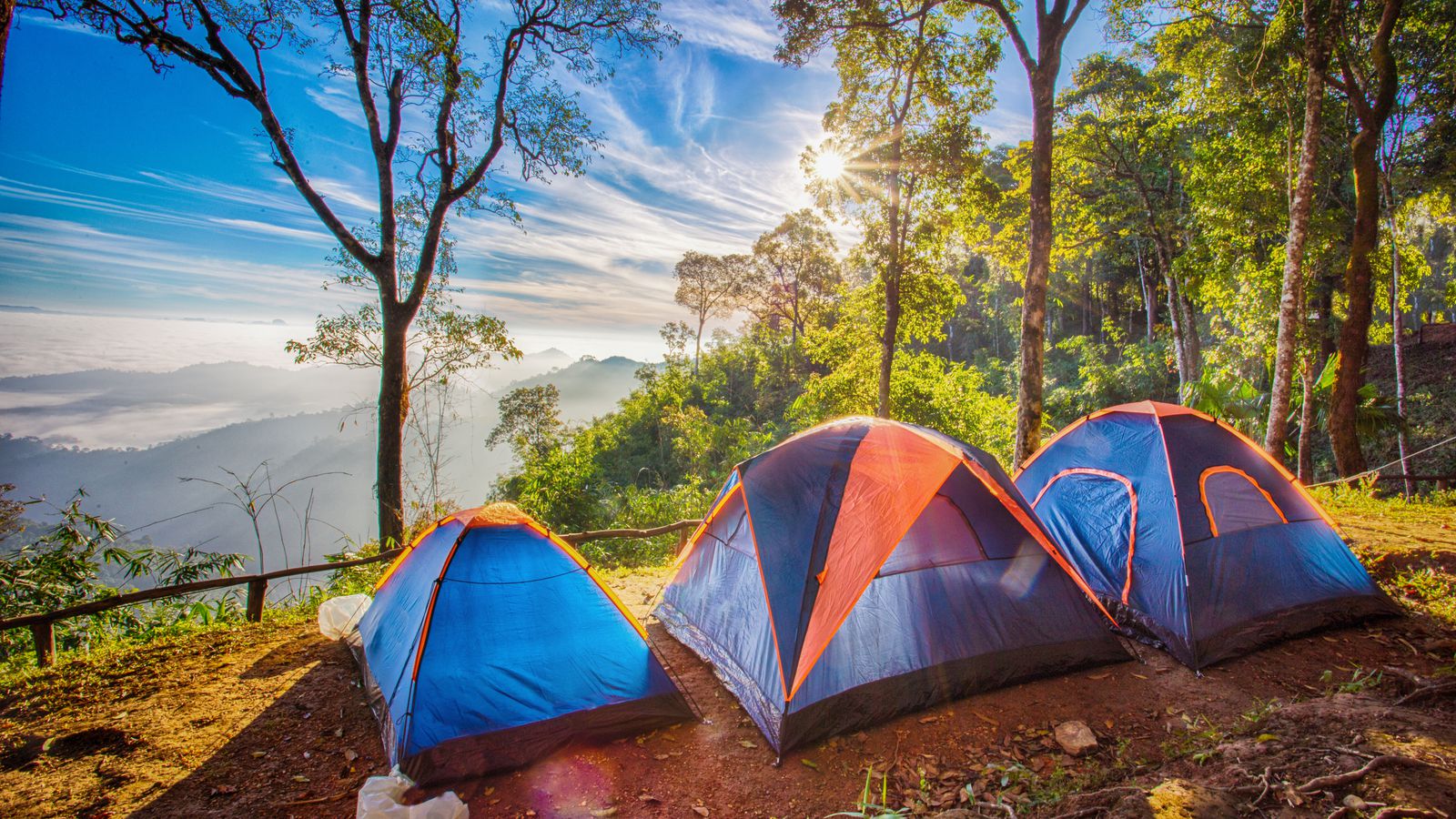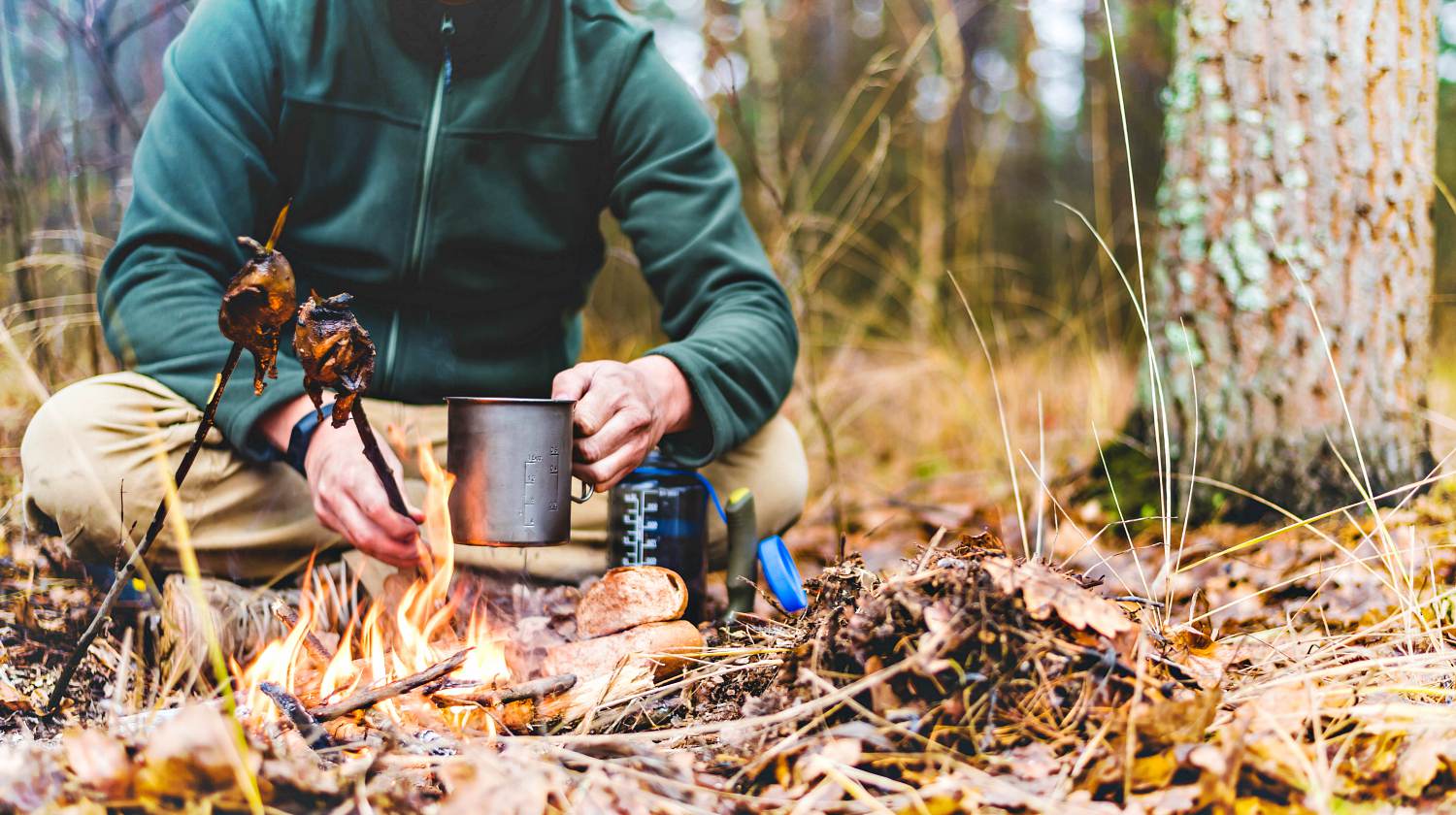Are you fond of taking backpacking trips in the wilderness? Then, you must be aware of the importance of having a sustainable shelter to protect you from harsh weather and other potential hazards. Since not all adventurists are skilled enough to build makeshift shelters, there is a variety of survival tents, suitable for modern backpackers.
Considering the wide assortment of such products, it’s natural for individuals to be confused when making a purchase. Fortunately, there is a multitude of product review sites, such as https://survivalmethods.net/, advising potential customers on the best survival tools in the market.
The following guide will help you purchase the right product.
Choose a type
The first thing to take into account when purchasing a survival tent is choosing the right type. Despite the plethora of such products in the market, four types of temporary shelters are believed to be the most appropriate for rugged environments, known as the tube, tarp, lightweight, and 4-season tents.
Additionally, the tube models are minimal in terms of features, made of extremely thin material. Consequently, these are suitable for individuals having no money to splurge on such a shelter, owing to their affordable price. Keep mind that these models have no doors, hence providing insufficient protection against harsh weather conditions in.
Moreover, the tarp models cannot be considered as conventional tents, as these are more similar to debris huts. They’re made of waterproof canvas, which helps survivors in the wilderness keep warm at low temperatures. These models are known to be portable, durable, and extremely versatile, appropriate for people with excellent survival skills.
The lightweight models resemble the traditional camping tents, but these are substantially lighter. For those particularly interested in wild camping, finding the right tent that balances weight and durability is key. You can find some top recommendations for tents suited to wild camping in this comprehensive guide. Unlike the previous variants, they provide adventurists with much better protection against various weather conditions. Most of them are even equipped with a ventilation feature, thus impeding the process of condensation. Lightweight models are suitable for all seasons, except for winter, as the 4-season variants are made of much thicker material.
Ultimately, 4-season or winter tents are made from heavy material and armed with strong frames to withstand the wrath of harsh winter conditions like abundant snowfall. The steeply angled sides enable the snow to fall off the shelter, thus minimizing the risk of shelter collapse due to a large amount of snow. The winter models are indispensable for adventurists who need to survive in harsh winter conditions. Click here to check out some brilliant winter camping hacks.
Consider both size and weight
After deciding on a particular type of tent, the following things to consider are its size and weight. Size is mainly determined by the number of people that will accompany you on your survival adventure. For instance, if you plan to take a trip to the wilderness along with your friends or family members, you’d undoubtedly need to purchase a larger model. Conversely, a small model is appropriate when taking such a trip on your own.
In addition, the size of these temporary shelters is directly related to their weight. The larger the tent the heavier its weight. However, in order to survive in the wilderness, backpackers are advised to purchase lightweight models for better portability. In fact, a survival tent is never supposed to exceed more than 25 percent of your body weight. Anyhow, when camping at freezing temperatures, it’s paramount to purchase a winter tent, regardless of its weight.
Consider the climate
Climate is another important consideration when purchasing a survival tent; as such shelters have to be adapted to the weather conditions typical for your climate. There are 2, 3, and 4-season models in the market, all of which are rather similar in terms of price. Regarding weight, the 4-season variants are doubtlessly the heaviest to buy. Anyhow, you can purchase a 4-season lightweight tent for a much greater cost.
Furthermore, people going on backpacking trips in the course of summer are advised to purchase a lightweight 2-season model. Those who enjoy camping in the wilderness in both spring and autumn are recommended to buy a 3-season tent. Ultimately, the ones camping in the dead of winter are required to buy a 4-season shelter in order to survive. Make sure you also take a foam matt with you to prevent the cold ground from causing hypothermia.
Consider waterproofness
Waterproofness is yet another indispensable feature to look for in survival tents, as trips to the wilderness are usually accompanied by rainstorms, harsh winds, and other natural disasters. In order to prevent getting wet, it’s paramount for your temporary shelter to be waterproof. Otherwise, there’s a great likelihood of experiencing hypothermia with fatal consequences.
Therefore, make sure you purchase a model with a waterproof rating of a minimum of 1000mm, referring to a shelter with a capacity to withstand 2000mm of rain. Additionally, two-layer models are believed to be more effective in rain conditions, as these are equipped with a rain fly that serves as an additional layer over the tent. Most importantly, the survival shelter is supposed to have a high-denier floor to prevent water leakage. Floors made from thick materials have a much better chance to impede flooding.
Don’t forget venting
Venting is of crucial importance when purchasing a survival tent, particularly for advance-leveled backpackers who spend long periods in the wilderness. It’s vital for the shelter to be made from breathable material so as to prevent condensation. Stay away from models made from plastic material, as these provide no ventilation.
Moreover, survival tents with no venting cause problems for backpackers in the course of the night. Since these shelters have no windows, the entire body heat is trapped inside the structure, while the cold outdoor temperatures allow water to collect on top of it. As a result, you might end up sleeping in a puddle of water, which is going to make everything wet. Unless you wish to experience hypothermia, pick a shelter with good venting.
Bottom line
Make sure you purchase a lightweight, vented, durable, and waterproof model!


